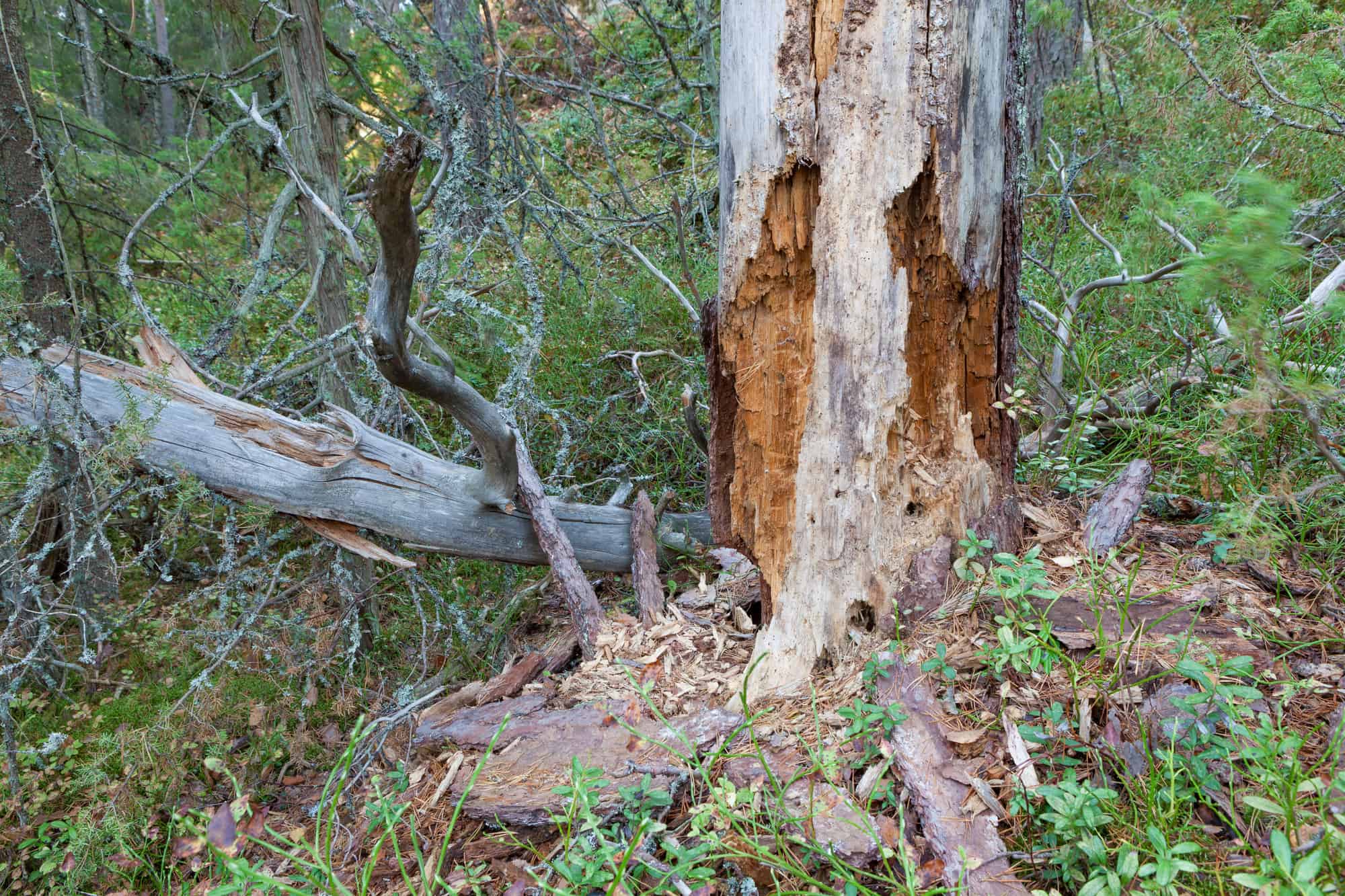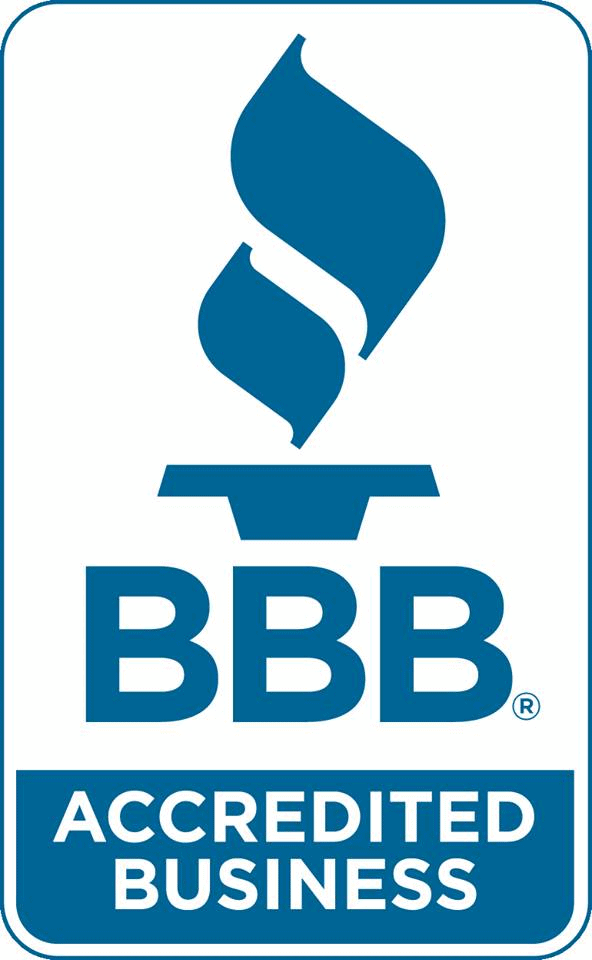The Hidden Dangers of Dead Trees: Why Timely Removal Matters

Your backyard trees contribute more than just shade and curb appeal—they play a crucial role in maintaining a healthy and safe environment around your home. But what happens when one of these towering giants starts to die or has already passed its prime? Dead or dying trees aren’t just unsightly; they can pose serious risks to both your property and the surrounding environment.
If you’re a homeowner, understanding the hidden dangers of dead trees and acting on them promptly can save you from potential financial, safety, and environmental issues.
Why Identifying Dead or Dying Trees is Essential
A dead or dying tree may not initially look concerning, but the risks are real. Over time, these trees become weak and brittle, increasing the chances of falling limbs or even total tree collapse. This can lead to damage to your roof, car, fences, or, worse, injuries to family members or neighbors.
Homeowners should make it a priority to regularly assess the health of trees on their property. Identifying problems early can prevent severe consequences.
The Hidden Dangers of Dead Trees
When left unaddressed, dead trees pose significant risks:
1. Falling Branches and Tree Collapses
Dead trees are structurally unstable. Brittle branches can fall unexpectedly, especially during storms or high winds, putting people, pets, and property in harm’s way.
2. Fire Hazards
Dry, dead wood acts as fuel for fires, increasing the risk of wildfires in many areas. This is particularly concerning for homeowners in regions prone to hot, dry weather.
3. Pests and Diseases
Dead trees are magnets for pests like termites and carpenter ants. These insects can quickly spread to nearby healthy trees or even your home. Additionally, fungi and diseases that thrive on dead wood can infect other vegetation in your yard.
4. Environmental Damage
While it’s tempting to think that dead wood provides natural habitat, leaving dead trees standing can disrupt the balance of your yard’s ecosystem. They often fail to support healthy plant and animal life and instead invite decay and deterioration.
Signs of a Dead Tree
Recognizing a dead tree early is key to mitigating risks. Here’s what to look for:
- Lack of Leaves: During the growing season, a tree without foliage might be dead.
- Brittle Branches: Snap off a small twig. If it’s dry and brittle rather than flexible, it could indicate a dead limb.
- Fungus Growth: Mushrooms or other fungi growing around the base or on the trunk are signs of decay.
- Cracked Bark or Deep Splits: Cracks in the trunk, especially large splits, can indicate internal problems.
- Leaning: A tree that’s begun to lean significantly could be dead or dying and at risk of toppling over.
If you’re unsure, consulting a professional arborist can help confirm a tree’s condition.
Why Professional Arborists Are Crucial
Taking down a tree isn’t just a weekend DIY project. Dead trees often have compromised stability, making them tricky to remove safely without causing further damage. Professional arborists are trained in the safe and efficient removal of dead trees. They can:
- Conduct a thorough assessment to confirm whether a tree is dead or salvageable.
- Safely and efficiently remove dead trees to minimize property damage.
- Offer advice on replacement planting or prevention strategies for the future.
Hiring a professional arborist ensures the job is done right while keeping you, your loved ones, and your property safe.
The Benefits of Timely Tree Removal
Removing a dead tree may seem inconvenient or costly at first, but it’s an investment in both safety and long-term savings. Here are the key benefits:
- Safety First: Eliminate the risk of falling branches or total collapse, especially during storms or high winds.
- Protect Your Property: Prevent costly repairs to your roof, fences, vehicles, or landscaping caused by falling limbs.
- Pest Prevention: Avoid infestations of pests like termites that can spread to your home.
- Maintain Curb Appeal: A standing dead tree can bring down the aesthetic of your property, potentially impacting resale value.
- Healthier Ecosystem: Removing diseased trees can protect surrounding vegetation and keep your yard’s ecosystem thriving.
Simple Tips to Prevent Tree Death
To avoid the hassle of dead tree removal, it’s essential to maintain the health of the trees on your property. Here’s how:
- Regular Inspections: Look for signs of decay, pests, or diseases at least once or twice a year.
- Proper Watering: Make sure trees are adequately watered, especially during dry seasons.
- Mulching: Add mulch around the base to retain moisture and regulate soil temperature.
- Pruning: Remove weak or dead limbs promptly to promote growth and health.
- Fertilization: Use appropriate fertilizers to strengthen trees, particularly if your soil lacks essential nutrients.
If you’re uncertain about maintaining your trees, consider consulting a professional arborist to guide you.
Take Action Today
Dead trees are more than just an eyesore—they’re a safety hazard, an environmental concern, and a potential source of unexpected costs. As a homeowner, you have the power to prevent these problems by identifying and addressing dead trees on your property.
Don’t wait until it’s too late. Contact us today for a professional tree assessment and a service quote. Our team of expert arborists will ensure your yard remains safe, beautiful, and healthy.
Learn more about AAA Tree Experts in Charlotte, NC.



You must be logged in to post a comment.